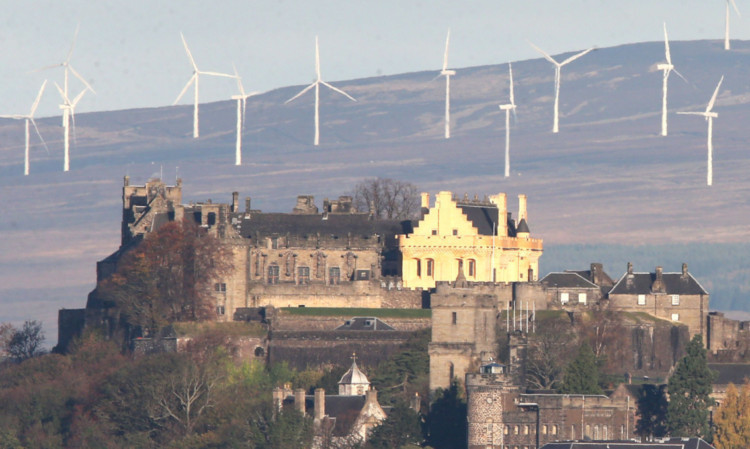Developers of large-scale onshore wind farms will make a minimum community payment of £5,000 per megawatt of production capacity under new industry standards.
Trade body Scottish Renewables yesterday published a new protocol for onshore wind farm projects which commits the developer to providing financial support to the commuities in which their arrays are absed.
The new guidelines relate to developments with a minimum 5MW capacity and the payments would be made on an annual basis.
The smallest payment deliverable under the scheme would be £25,000 meaning that payouts could reach several million pounds over the lifetime of larger capacity schemes.
“We want to clearly state our industry’s commitment to delivering local benefits from every new wind farm in Scotland,” Scottish Renewables chief executive Niall Stuart said.
“The protocol will also ensure a consistent approach to the development of community benefit agreements.
“According to the Scottish Government’s online register, community benefit has topped £5 million per year and we’re keen to build on that success as new projects are developed.
“To date we’ve seen major changes being brought about thanks to community benefit funding, for example, energy efficiency measures, college bursaries, investment in local museums, cycle paths and tracks, and even funding for community transport schemes.
“As the most mature of renewable technologies, the benefits from onshore wind stretch far beyond the local area.
“Wind power meets the equivalent of more than 20 per cent of our electricity demand, tackles climate change, is responsible for attracting more than £1.3 billion of investment into the Scottish economy and employs thousands of people too.”
Energy Minister Fergus Ewing said: “I welcome today’s announcement by Scottish Renewables of the first set of standards that have been developed by the Scottish onshore wind industry that will ensure commitment on community benefits standards. The Scottish protocol goes further than those adopted in other parts of the UK in that, as well as the baseline rate, developers will be committing to consider the scope for direct community investment in their schemes, as well as to adhere to our forthcoming Good Practice Guidance and to use our public register.
“Scotland is continuing to lead the way on community energy.”
The new protocol has been agreed with Scottish Renewables members but it does not apply to schemes where community benefit payments are already in place or to projects which have gone beyond the final investment decision phase.
